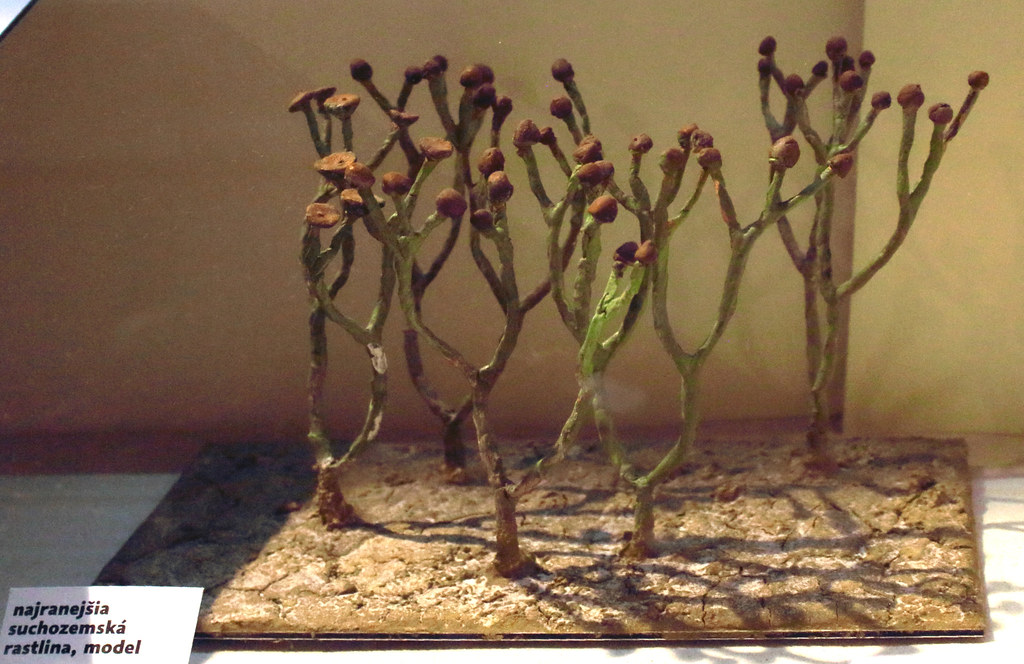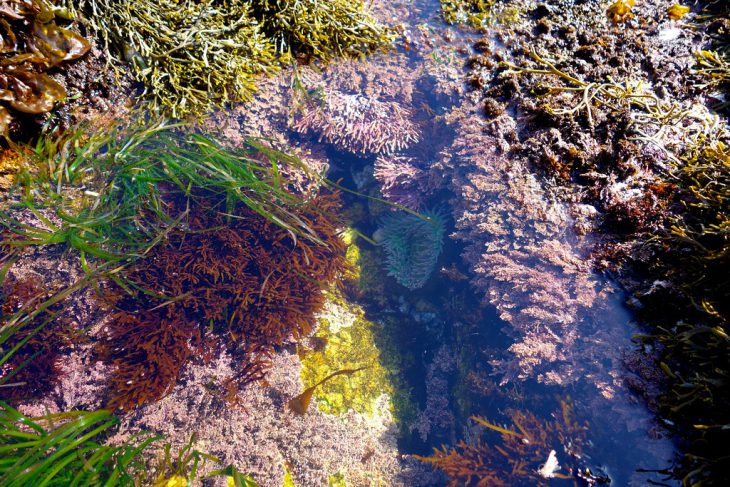Without plants on earth, we would not be here. But, where did plants come from? Did they suddenly just sprout out of the ground? Scientists have always wondered about the origin of plant life on land, and some evolutionary biologists study how modern plants trace back to their single-celled ancestors. A 2015 study provides some evidence that the plants we see all around us today originated from a single family of algae known as streptophytes.
In 2018, a team of scientists from Canada and Germany wanted to know more. They studied 46,000 genes from all six major streptophyte types and analyzed over 1.64 billion sequences to compare to today’s land plants. They were looking for evidence of streptophytes’ cellular response to stress such as cold temperature and bright light and how these responses compared to Arabidopsis, a small flowering plant related to cabbage and mustard. Arabidopsis is often used in plant biology studies as a model plant and was the first plant to have its entire genome sequenced.
To study these genes, they grew algae cultures in the lab under different stress conditions. Then, they extracted their genetic material and analyzed it with computer software to see which genes were turned on or off under those conditions. Scientists obtained their algae samples from established culture collections that maintain stocks of microbial and algal species for researchers to use. All of the algae samples were grown at 20°C (68°F) while exposed to 12 hours of light and 12 hours of darkness, using an LED light source. For each of the 6 groups of streptophytes, they chose one representative species: Mesostigma viride, Chlorokybus atmophyticus, Klebsormidium flaccidum, Chara globularis, Coleochaete scutata, and Zygnema circumcarinatum.

Cooksonia, the earliest embryophytic plant (silurian) by Petr Hykš on Flickr
They found that each of the six species responded to light energy at a similar rate under the same conditions. This data was used as a baseline measurement. Each control condition was kept at 20°C, while each test was conducted at 4°C. The researchers first bathed the algae in cold water (4°C or 39°F) to induce stress. Then they exposed the algae to 6 hours of light, 12 hours of darkness, and 6 more hours of light.
In the light experiment, the algal cultures were treated with five hours of normal light (50 micromol of photons m2s) and one hour of bright light containing a large amount of the blue wavelengths (600 micromol of photons m2s) at 20°C. Then, genetic material was collected six hours after the algae was exposed to light. Plant biologists know that colder temperatures or excessive amounts of sunlight sends signals to the nucleus of the cell, turning on genes that tell the plant what to do or how to adapt. The scientists hypothesized that this would happen with the streptophytes, too.
Rather than DNA, the researchers extracted RNA from the cells of each of the 6 types of algae. RNA is a copy of a specific DNA sequence made by the cell. These RNA sequences help the cell “read” and “translate” a gene into proteins or enzymes which help the function of the plant or algae. Because of this key function, RNA provides a snapshot in time of what genes happen to be turned on or off at the time the sample is collected.
As it turns out, we actually know a lot about how plants respond to stress in their environment. There are databases filled with genetic information from other experiments that have been conducted, giving us information about what genes are turned on or off, and what proteins are created, in response to different stimuli. These databases essentially provide a road map for a specific organism’s genetic profile.
After being subjected to cold temperatures and extreme amounts of light, the algae produced RNA for proteins that help them survive these conditions. The researchers extracted this RNA, converted it into data that a computer could understand using a gene sequencing instrument called a HiSeq 4000. They compared this RNA data to RNA data from an Arabidopsis gene database in order to find similarities between cellular stress responses of these streptophytes and land plants.
They were able to see similar genes expressed and proteins being created in both Arabidopsis and their test algae under stress. The scientists were able to see that the Zygnema and Coleochaete algae shared the most similarities to Arabidopsis.
Comparing the gene expression of Arabidopsis and algae under stress helps scientists better understand how land plants are related to their ancient algal ancestors. These results suggest that algae may have moved from water to land because they could genetically adapt to colder temperatures and brighter light.


